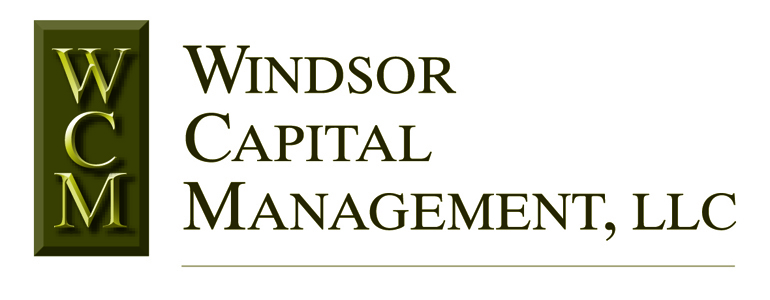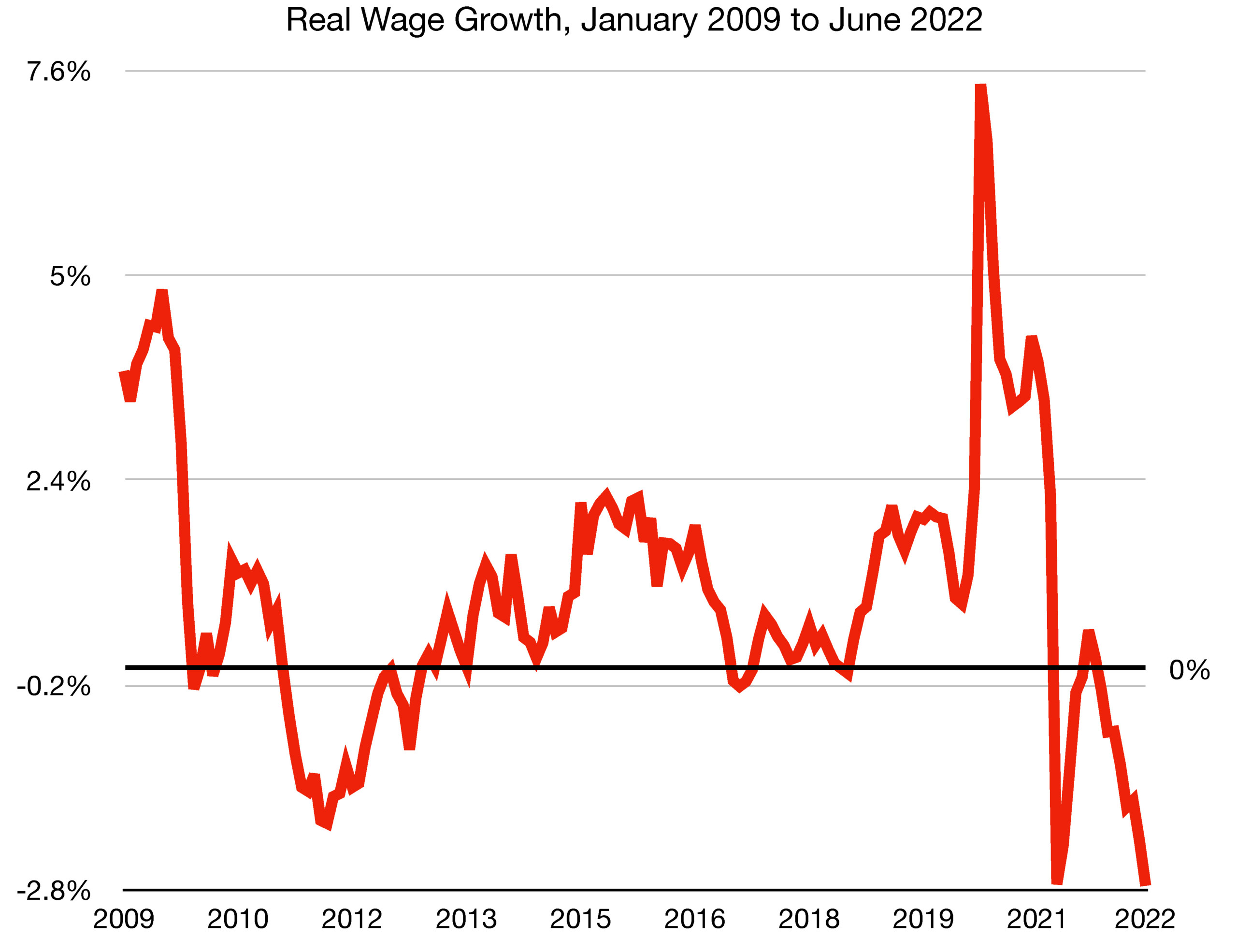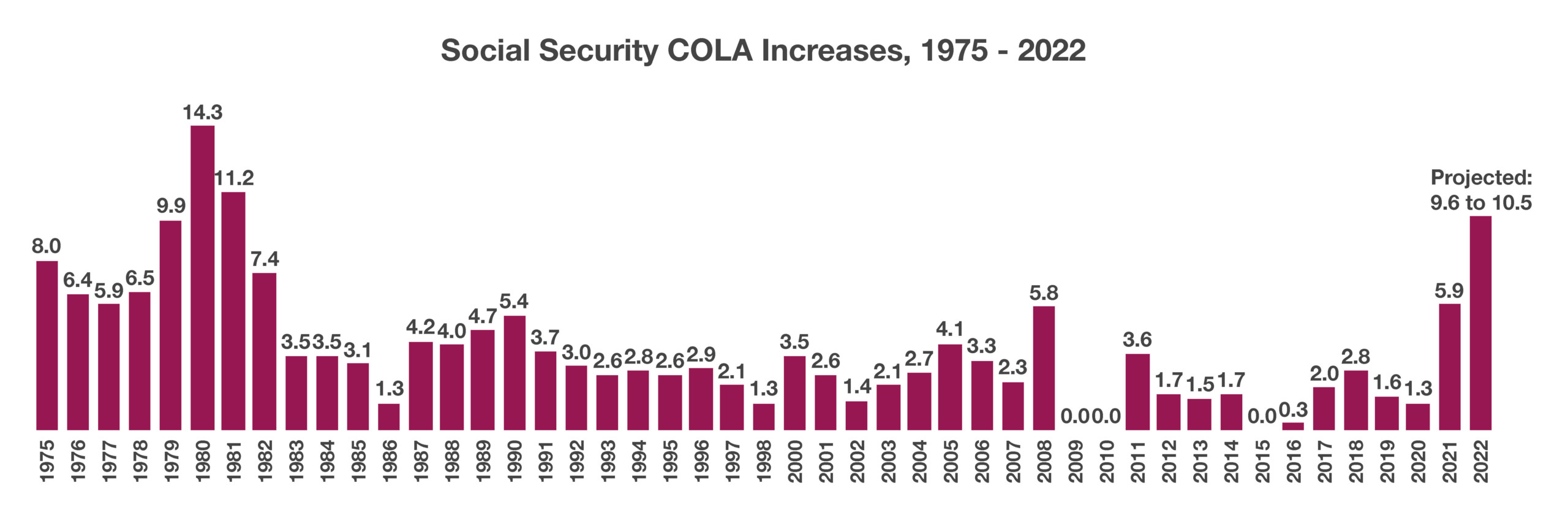
20860 N. Tatum Blvd Suite 220 / Phoenix, AZ 85050
2021 Midwest Road Suite 200 / Oak Brook, IL 60523
888.494.4440
www.windsoradvisor.com
Stock Indices:
| Dow Jones | 42,270 |
| S&P 500 | 5,911 |
| Nasdaq | 19,113 |
Bond Sector Yields:
| 2 Yr Treasury | 3.89% |
| 10 Yr Treasury | 4.41% |
| 10 Yr Municipal | 3.31% |
| High Yield | 7.26% |
YTD Market Returns:
| Dow Jones | -0.64% |
| S&P 500 | 0.51% |
| Nasdaq | -1.02% |
| MSCI-EAFE | 17.30% |
| MSCI-Europe | 21.20% |
| MSCI-Pacific | 10.50% |
| MSCI-Emg Mkt | 8.90% |
| US Agg Bond | 2.45% |
| US Corp Bond | 2.26% |
| US Gov’t Bond | 2.44% |
Commodity Prices:
| Gold | 3,313 |
| Silver | 33.07 |
| Oil (WTI) | 60.79 |
Currencies:
| Dollar / Euro | 1.13 |
| Dollar / Pound | 1.34 |
| Yen / Dollar | 144.85 |
| Canadian /Dollar | 0.72 |
On the Rise
After the financial crisis in 2008 and early 2009, the Federal Reserve lowered rates to near zero to assist with economic recovery. Even after the economy progressed, the Fed held its benchmark rate near zero for more the six years. In addition to near zero interest rates, the Fed went full steam ahead with its quantitative easing (central banks purchasing of bonds or other financial assets in order to inject money into the economy). Over the last decade the Fed has purchased more than 9 trillion dollars’ worth of assets, which it is now beginning to sell off on a monthly basis.
By keeping rates artificially low, many investors chose to increase their risk tolerance in order to grow their savings. This risk-taking has paid off for many equity investors. Since 2009, even including the current market downturn, the S&P 500 has an annual return of just under 16% a year. Going back fifty plus years, the average return has been around 10% annually.
With the Federal Reserve now raising rates to combat inflation, we are seeing bond yields becoming much more attractive. There is no risk-free investment that will beat the current inflation rate, but, increasing the return of fixed-income in a diversified portfolio lessens the need for excessive risk-taking. With bond yields “getting back to historic norms”, this means bonds are doing their job by providing a more meaningful return, while lowering overall volatility. Equities continue to be the more aggressive part of the portfolio and should be viewed over the long-term for their inflation fighting growth.
An example of how far rates have moved up, consider the 1yr Treasury note was at less than one half of one percent at the beginning of this year. It’s now yielding about 4%. Hard to believe, 0.40% to 4.00% in just over 9 months. The Fed is expected to continue raising rates over the next several months, so we’d expect the bond market (treasuries and corporate bonds) to become even more attractive going forward. We’ve kept core fixed-income duration very short in order to take advantage of exactly what is happening now.
For those with balanced portfolios (holding both equities and fixed-income), we will continue to take advantage of stock market downturns through target rebalancing. That, along with positioning fixed-income to benefit from rising rates, will help keep a portfolio on a successful path.

